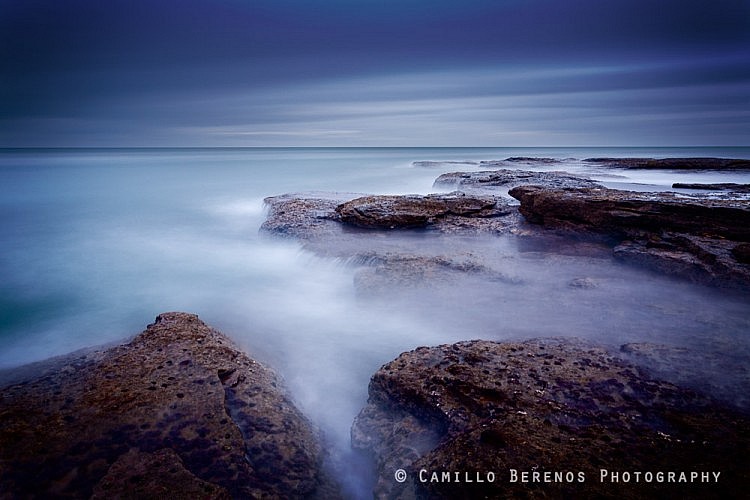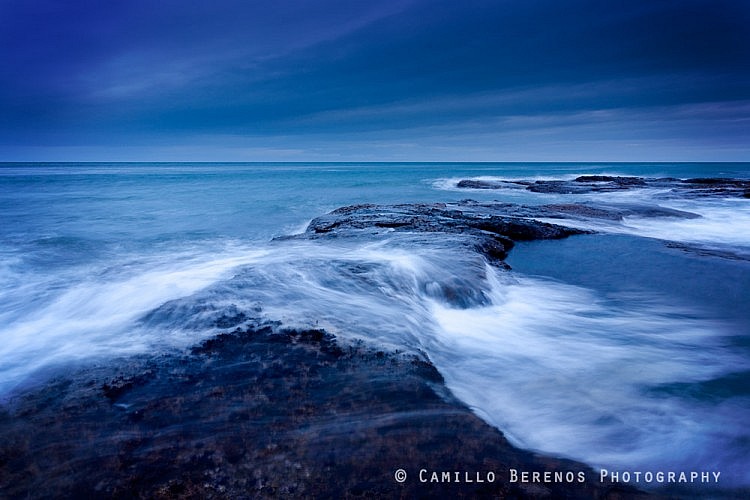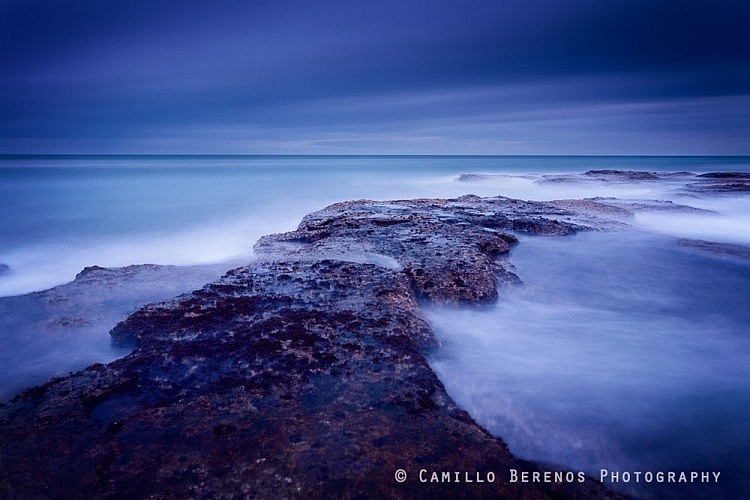My addiction to 10 stops neutral density filters
Roughly five years ago I purchased my first ND filter, the mighty 10 stops B+W ND110. I don’t think my life has been the same ever since. I had quickly grown to love the smoothing effect very slow shutter speeds has on waterfalls, sea and clouds, creating surreal interpretations of the reality we see with our eyes. No longer did overcast or cloudy conditions ruin my photographic pursuits. No, I actually wanted cloudy conditions, they gave me and my ND filters something to work with. Shooting seascapes on overcast days? No problem! With a little help from my trusted filter and the right amount of choppiness, the sea could easily be transformed into a giant silky sheet without any distracting elements due to waves, ripples or reflections. And even better, long exposures tend to do well on photo sharing sites such as 500px or Flickr, and the popularity of my long exposures reinforced my belief that longer is better.
From very long to long exposures
Recently I realized that a 10 stops filter sometimes pushes my patience more than necessary. Waiting for more than 4 minutes for an exposure, which may or may not be properly exposed was not something I was always in the mood for. Also, when light conditions change quickly, such as is often the case in Scotland, you can’t react quickly to changing light intensity if shooting with extremely slow shutter speeds. So I bought a ND106 (6 stops) filter for those moments around sunrise and sunset where available light was not quite enough for the mighty ND110. Quickly I found myself always shooting with ND filters, either 6 or 10 stops, depending on the amount of available light. I only took photographs with fast shutter speeds to get an idea about the exposure I’d need to use when using the ND106 (multiply by 64) or ND110 (multiply by 1028).
But short exposures can be sweet too!
However, recently I have started to appreciate shorter shutter speeds more and more. Shorter shutter speeds, in the region of 1 to 4 seconds, sometimes showcase the power of waves and currents much better, especially when there is a lot of swell in the sea. The photographs in this post are two pairs of recent photographs taken at a very cloudy sunrise on the East Lothian coast, Scotland. One of each pair is a short exposure (1-2 seconds) while the second one is a long exposure (more than 2 minutes). I find that they both have their own strengths, but I actually think that the shorter exposures really captures the force and raw power of the sea a bit better. And yes, I’ll have to accept that my reborn love for short exposures will lead to a reduced probability of getting explored on Flickr or being on the front page on 500px!
First pair
 A short exposure emphasizes the swell and demonstrates the brute force of the waves
A short exposure emphasizes the swell and demonstrates the brute force of the waves
 Long exposure gets rid of the swell but transforms this into something a little more mystic
Long exposure gets rid of the swell but transforms this into something a little more mystic
Second pair
 Large waves hit the reef at Thorntonloch, which is nicely shown in this short exposure
Large waves hit the reef at Thorntonloch, which is nicely shown in this short exposure
 Large waves hit the reef, but the size and intensity of the swell is hardly noticeable in this long exposure.
Large waves hit the reef, but the size and intensity of the swell is hardly noticeable in this long exposure.
Do you agree that long exposures are not necessarily the best representation of all scenes?
If you’ve enjoyed this post, please leave a comment below, or alternatively follow me on Facebook.
 Long exposure gets rid of the swell but transforms this into something a little more mystic
Long exposure gets rid of the swell but transforms this into something a little more mystic Large waves hit the reef at Thorntonloch, which is nicely shown in this short exposure
Large waves hit the reef at Thorntonloch, which is nicely shown in this short exposure Large waves hit the reef, but the size and intensity of the swell is hardly noticeable in this long exposure.
Large waves hit the reef, but the size and intensity of the swell is hardly noticeable in this long exposure.